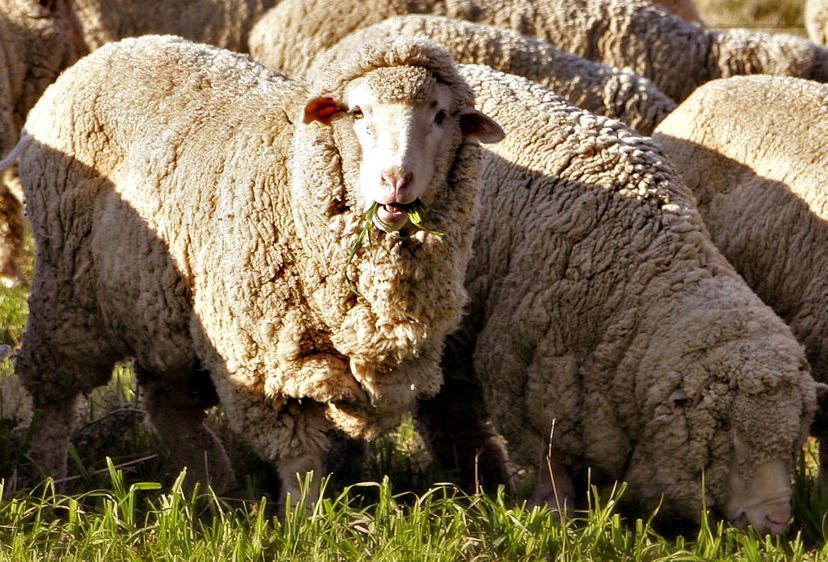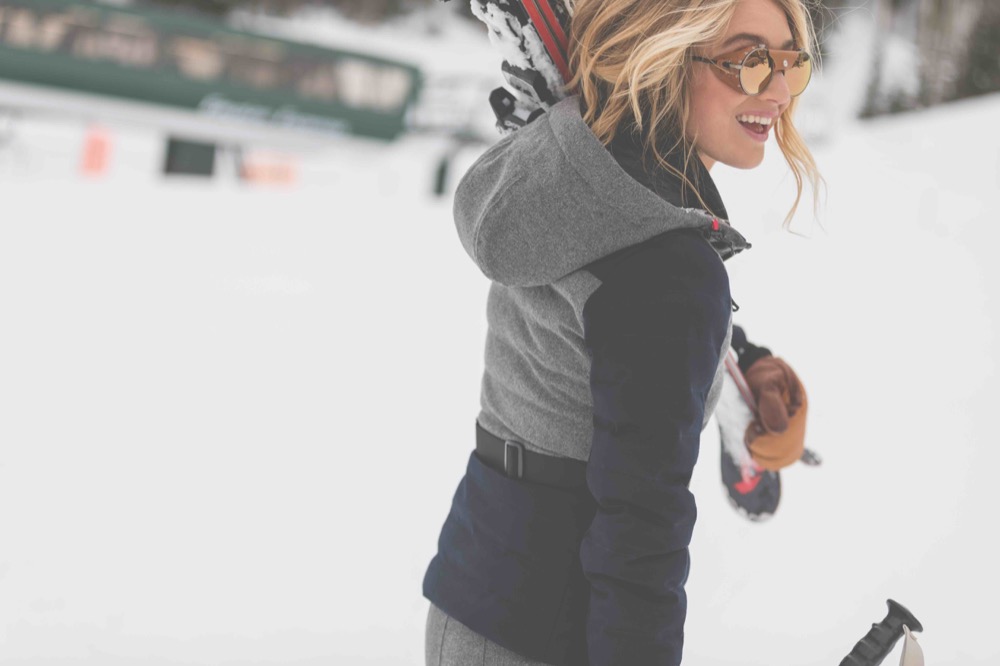There are many different varieties of Merino sheep, each having distinctive characteristics and characteristics. Here's a brief overview of some of the most commonly used Merino varieties of sheep and their distinctions. Spanish Merino - The Spanish Merino is one the oldest Merino sheep. It is known for its high-quality wool and high yield. The breed is able to be utilized in many different environments and is resistant to the majority of diseases.
American Merino: The American Merino breed was created in the United States around the 19th century. It's known for its high-quality, durable wool. This breed is particularly well-suited to cold climates , and is immune to many common sheep diseases.
Saxon Merino- The Saxon Merino is a particularly delicate-boned breed of Merino sheep that is famous for its exceptionally silky and soft wool. This breed is typically smaller than other Merino breeds and is well-suited for hot and dry environments.
Peppin Merino- The Peppin Merino is an Australian breed that was created in the 19th century. The breed is well-known for its fine wool quality and it is especially suitable for Australia's hot and dry climate.
Rambouillet The Rambouillet Rambouillet is a Merino breed that was first created in France during the 18th Century. This breed is famous for as tough and able to adapt to a wide variety of environments. Rambouillet wool is typically coarser than other Merino breeds, however it is still highly sought-after because of its superior quality.
Polwarth- The Polwarth is a breed of Merino sheep that was developed in Australia during the 19th century. This breed is famous for its soft and lustrous yarn and is well-suited to the cooler, humider climate of south Australia.
The Merino shearers' distinct qualities and skills are dependent on the breed they are and the conditions they reside in. Breeders often choose Merino breeds because of their unique qualities, including hardiness, high-quality wool, flexibility, and ability to adapt. This allows them to develop Merino breeds that can be used in diverse environments and are more suited to specific requirements.

What Are The Different Types Of Base Layers Made Of Merino Wool In Clothing
Due to its natural odor resistance, moisture-wicking qualities, breathability and breathability, Merino Wool is a preferred choice for base layers of clothing. Here are some Merino and Merino wool baselayers. They're typically made of fabrics that are breathable and lightweight, which makes them easy to layer over other clothes.
The Midweight base layers - They are made of Midweight Merino and Merino wool base layers. They can be utilized in colder climates. They are typically made from more dense and more insulation fabric that offers warmth and comfort during cooler temperatures.
Heavyweight base layers- Heavyweight Merino wool base layers are made for use in cold conditions. They are made from an extremely warm and thick fabric that provides insulation and protection from the elements.
3/4-length base layers 3/4 length Merino wool base layers are designed to provide warmth and ease to your lower body without adding bulk. These are perfect for layering under shorts or pants in cooler weather.
Long sleeves base layers-Long sleeve Merinowoo base layers are made for warmth and ease of wearing. They are typically made of an breathable and thin fabric and can be worn underneath other clothes for warmth.
Hooded base layer- Hooded Merino wool base layers are made to offer warmth and shield from the elements. They typically have an hood fitted to be worn underneath the helmet or any other headgear.
Zip-neck base layer - Zip neck Merino wool base layers. These base layers provide the ability to regulate temperature and provide ventilation. They usually feature a top with a zipper that can be opened and closed depending on the conditions.
Merino wool base layers can be purchased in a variety of designs and weights to suit different tastes and needs. It is crucial to think about the weather conditions as well as your level of activity when selecting a Merino Wool base layer. This will ensure that you select the right style and weight for you. Go where to find best base layers info for blog advice.

How Do You Choose The Most Suitable Ski Base Layer When You Are Combining Merino And Himalayan Yakwool?
There are many aspects you need to consider when selecting the best base layer for your skis made of Merino wool or Himalayan Yak wool. Here are some of the most important considerations. Weather conditions - Be aware of the weather and temperature in the area you'll be skiing. A base layer with greater insulation, such as Himalayan Yak wool may be more appropriate in extreme cold. If it's warmer, a Merino wool layer might be a better choice.
Activity level- Think about your activity level and how often you are likely to sweat. If you tend to sweat a lot it is recommended to wear a base layer with excellent moisture-wicking properties like Merino wool, could be the best option.
Comfort: Choose a soft base layer. Base layers should be flexible enough to move with you, and offer full motion. It is best to avoid base layers that feel restricting or tight. This could cause discomfort and reduce mobility.
Personal preference: The selection of the best base layers is dependent on the person. Some prefer thicker layers of insulation while others prefer a thinner one. Consider different combinations to find what is most effective to meet your needs.
Overall, the best ski base layer combination of Merino wool and Himalayan Yak Wool will depend on your specific needs and the particular conditions you'll be ski-ing in. It is important to consider your activity level, comfort, personal preference, as well as other factors to make sure you have a base layer that keeps you warm, comfortable dry, and secure on the slopes. Go read more about best hiking mid layer near me for more tips.

Why Should You Pick Merino Or Himalayan Yak Wool Over Other Fabrics For Your Ski Gear?
Merino wool as well as Himalayan yak wool are both excellent alternatives for ski gear for several reasons Warmth- Both Merino wool and Himalayan Yak wool are efficient insulators, meaning they can keep you warm in cold weather conditions. They have a very high warmth-to-weight ratio, meaning they are lightweight and comfortable to wear, yet offer excellent insulation.
Moisture management- Merino wool and Himalayan Yak wool are both very effective in managing moisture. This means they can keep you comfortable and dry during your ski trip. Both fabrics are naturally water-wicking. They draw water away from the skin, and then transfer the moisture into the fabric's outer layers which is where it will evaporate.
Breathability Merino wool (and Himalayan Yok wool) are both highly breathable. The fabric lets air to circulate, helping to regulate the body's temperature and prevent the build-up of heat. This is essential since it allows you to enjoy skiing comfortably.
ComfortIt is a comfort Merino and Himalayan wools are both extremely soft and comfy. They are able to be worn close to the skin. They're also very flexible and stretchy, which means that they can are able to move along with your body and allow for a full range of motion.
Sustainability: Merino wool and Himalayan Yak wool are both sustainable, natural fibers that are recyclable and biodegradable. They are, therefore, more environmentally friendly than synthetic fabrics like nylon and polyester.
Merino wool as well as Himalayan Yak wool come with many advantages that make them ideal choices for ski clothes. They're warm, water-proof and breathable, as well as comfortable and long-lasting. They are an excellent choice for those who want to ski comfortably and safely.